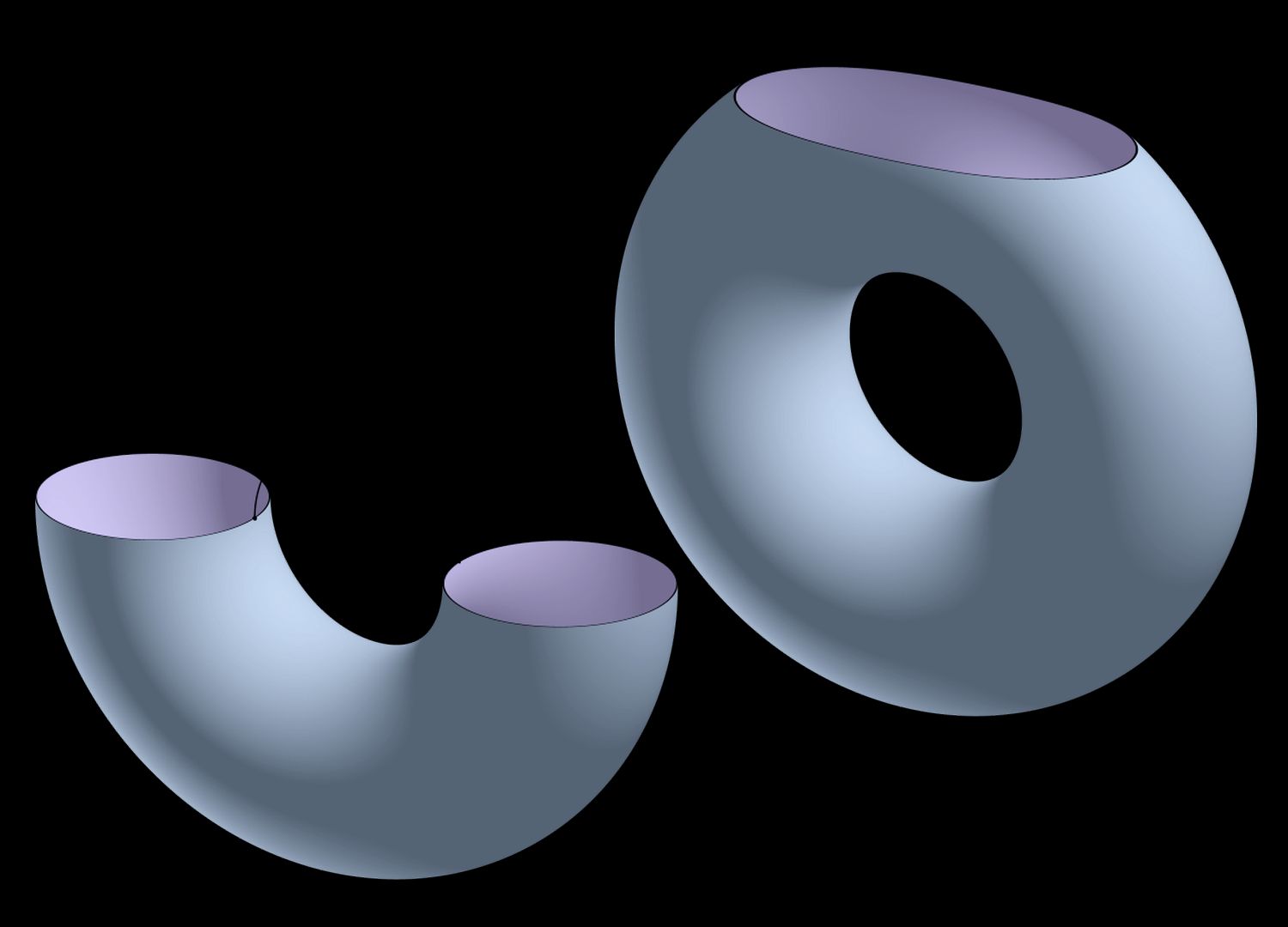
Differential topology is a branch of mathematics that studies the properties of smooth shapes and surfaces. It combines techniques from calculus and geometry to understand how these shapes can be transformed and manipulated. Ever wondered how a donut and a coffee cup can be considered the same in some mathematical sense? That's differential topology at work! This field has applications in physics, engineering, and even computer graphics. Whether you're a math enthusiast or just curious about the hidden structures of the world, these 28 facts about differential topology will open your eyes to the fascinating ways we can understand and describe the shapes around us.
What is Differential Topology?
Differential topology is a branch of mathematics that deals with differentiable functions on differentiable manifolds. It combines concepts from calculus and topology to study the geometric properties of smooth shapes.
-
Differential topology studies shapes that can be smoothly deformed without tearing or gluing.
-
It focuses on properties that remain unchanged under smooth transformations.
-
This field is closely related to differential geometry but emphasizes topological aspects.
-
Differential topology uses tools from calculus, such as derivatives and integrals.
Key Concepts in Differential Topology
Understanding the key concepts is essential for grasping the fundamentals of differential topology. These concepts form the building blocks of the field.
-
Manifolds: These are spaces that locally resemble Euclidean space.
-
Smooth Functions: Functions that have continuous derivatives up to a certain order.
-
Homeomorphisms: Continuous functions with continuous inverses, preserving topological properties.
-
Diffeomorphisms: Smooth functions with smooth inverses, preserving differentiable structure.
Important Theorems in Differential Topology
Several theorems form the backbone of differential topology. These theorems provide deep insights into the structure and behavior of differentiable manifolds.
-
Sard's Theorem: States that the set of critical values of a smooth function has measure zero.
-
Whitney Embedding Theorem: Any smooth manifold can be embedded in Euclidean space.
-
Transversality Theorem: Describes conditions under which submanifolds intersect transversely.
-
Poincaré-Hopf Theorem: Relates the Euler characteristic of a manifold to the sum of indices of vector fields.
Applications of Differential Topology
Differential topology has numerous applications in various fields, from physics to computer science. These applications demonstrate the practical utility of the concepts.
-
General Relativity: Used to study the smooth structure of spacetime.
-
Fluid Dynamics: Helps in understanding the behavior of fluid flows.
-
Robotics: Assists in motion planning and control of robotic systems.
-
Computer Graphics: Used in the modeling and animation of smooth surfaces.
Famous Mathematicians in Differential Topology
Several mathematicians have made significant contributions to differential topology. Their work has shaped the field and advanced our understanding of smooth manifolds.
-
Henri Poincaré: Laid the groundwork for modern topology.
-
John Milnor: Known for his work on exotic spheres and Morse theory.
-
René Thom: Developed catastrophe theory, a branch of differential topology.
-
Stephen Smale: Proved the higher-dimensional Poincaré conjecture.
Exotic Spheres and Differential Topology
Exotic spheres are a fascinating topic within differential topology. These are spheres that are homeomorphic but not diffeomorphic to the standard sphere.
-
Exotic Spheres: Discovered by John Milnor in the 1950s.
-
7-Dimensional Sphere: The first example of an exotic sphere was in seven dimensions.
-
Differentiable Structures: Exotic spheres show that there can be multiple differentiable structures on the same topological manifold.
-
Applications: Exotic spheres have implications in string theory and high-dimensional topology.
Challenges and Open Problems
Despite its many achievements, differential topology still has several open problems. These challenges continue to inspire research and exploration.
-
Smooth Poincaré Conjecture: Whether every smooth homotopy sphere is diffeomorphic to a standard sphere.
-
Smooth Structures in Four Dimensions: Understanding the smooth structures on four-dimensional manifolds.
-
Classification of Manifolds: Classifying manifolds up to diffeomorphism remains a complex problem.
-
Intersection Theory: Developing a deeper understanding of how submanifolds intersect within a manifold.
The Final Word on Differential Topology
Differential topology, a fascinating branch of mathematics, explores the properties of smooth shapes and surfaces. It’s all about understanding how these shapes can be twisted, stretched, or deformed without tearing or gluing. This field has deep connections with physics, particularly in understanding the universe's fabric. From the famous Möbius strip to the complex structures of manifolds, differential topology offers a unique lens to view the world.
Whether you're a math enthusiast or just curious, diving into differential topology can be both challenging and rewarding. It bridges abstract concepts with real-world applications, making it a cornerstone of modern mathematical research. So, next time you see a twisted loop or a complex surface, remember there's a whole world of math explaining its secrets. Keep exploring, questioning, and marveling at the beauty of shapes and spaces.
Was this page helpful?
Our commitment to delivering trustworthy and engaging content is at the heart of what we do. Each fact on our site is contributed by real users like you, bringing a wealth of diverse insights and information. To ensure the highest standards of accuracy and reliability, our dedicated editors meticulously review each submission. This process guarantees that the facts we share are not only fascinating but also credible. Trust in our commitment to quality and authenticity as you explore and learn with us.
